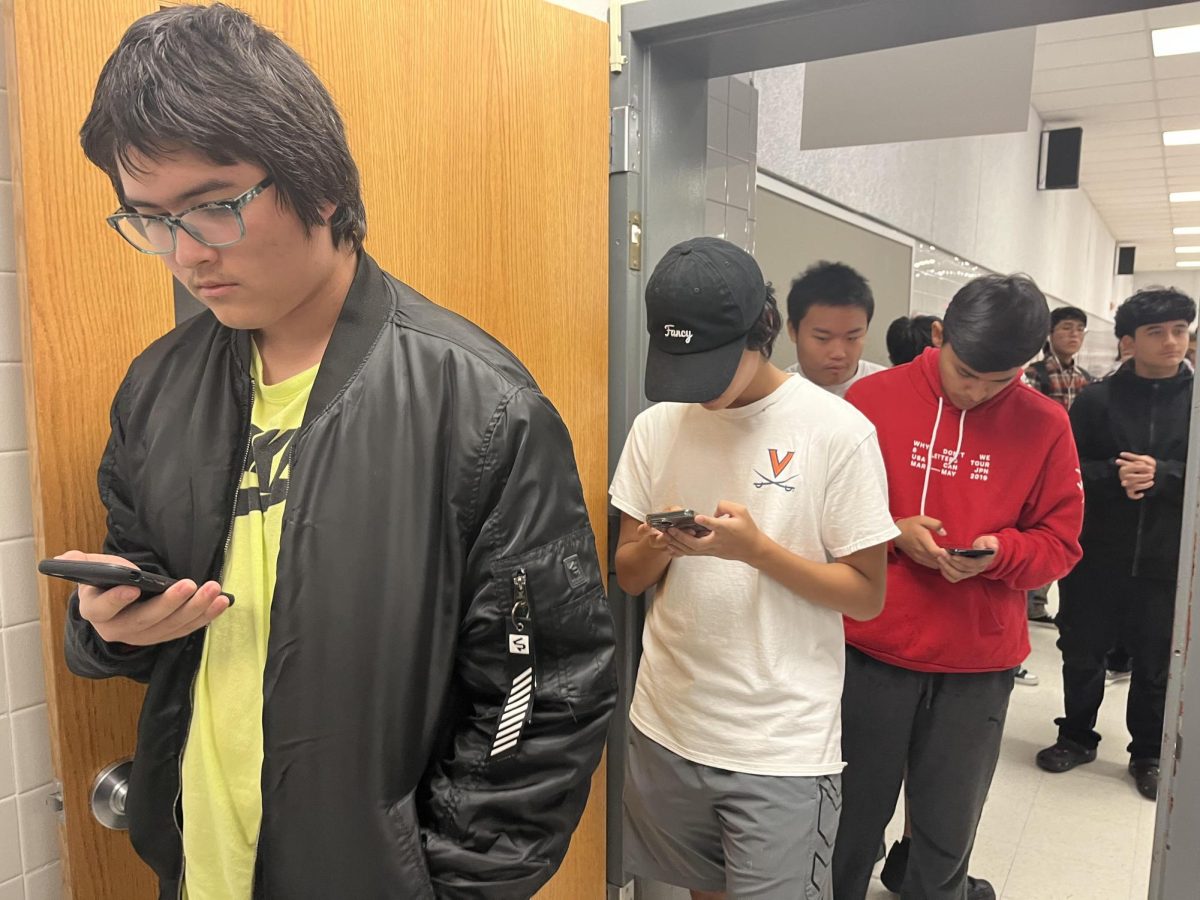 Before arriving to China, most of the AHS students participating in IREX’s summer journalism camp expected to be working with the “typical” Chinese student; an abnormally studious teenager with a timid personality and serious demeanor. However, after spending ample time with the students and engaging in several conversations with them each day of the camp, some of the former prejudices were dispelled. Our stereotypical view of Chinese students has shifted towards the reality that these students are very similar to their American counterparts. Although it may be true that they attend school six days a week and many are strong mathematicians, they also enjoy spending time with friends and listening to pop music.
Before arriving to China, most of the AHS students participating in IREX’s summer journalism camp expected to be working with the “typical” Chinese student; an abnormally studious teenager with a timid personality and serious demeanor. However, after spending ample time with the students and engaging in several conversations with them each day of the camp, some of the former prejudices were dispelled. Our stereotypical view of Chinese students has shifted towards the reality that these students are very similar to their American counterparts. Although it may be true that they attend school six days a week and many are strong mathematicians, they also enjoy spending time with friends and listening to pop music.
On the other side of the spectrum, Chinese high school students had their own preset opinions prior to our arrival.
“I always thought American students spent less time studying and had more free time to spend in activities of their choice,” Nancy Zhang, a high school senior at The High School Attached to Northwest Normal University, said. It surprised Zhang to learn that AHS students spent the majority of their time in serious studies, striving towards the college or career of their dream.
It is clear that there are numerous misconceptions on both ends. On the other hand, it is important to take into consideration the multifarious factors that affect students in both countries.
First, there are the obvious cultural differences that divide the two groups of students. Tradition and rituals make up a large aspect of the Chinese lifestyle. Values such as extreme punishments and complete obedience to authority figures are regularly implemented in Chinese classrooms, while in the U.S. there is a greater emphasis on freedom of expression. Henceforth, these dissimilar learning environments lead to different overall mindsets for students and their outlook on the future.
Second, the different source of motivation to succeed in high school is an issue that has been raised. The current generations of Chinese students are mostly only children; therefore, they receive excessive amounts of attention from their parents. Parents are the true driving force behind the solid work ethic of Chinese students. The obsessive need to excel in school is then more of a means to achieve parental approval than it is a personal desire.
“Only children tend to not fully absorb the knowledge they are given but instead focus on the marks to satisfy their parents’ expectations.” Yuan Lianjun, a Chinese high school teacher, said. Conversely, despite the number of American students who slack off during their high school years, those who strive for a higher education are generally self-motivated.
Finally, it is vital to remember that both Chinese and American students are ultimately working towards the same goals. A number of Chinese students hope to be accepted into an American university where they can earn a degree to start their future careers. Assimilating into American society for Chinese students will not always be a difficult task.
“I find it a little intimidating to study in America where I have no friends, but I’m willing to take the opportunity, the adventure,” Enyu Ji, a senior student at the high school attached to Northwest Normal University, said.
China may be half way around the world from the U.S., but in the grand scheme of things, it is safe to say that Chinese and American students share many common trends, including worrying about SAT scores, jamming to Lady Gaga and enjoying a laugh with a group of friends.








